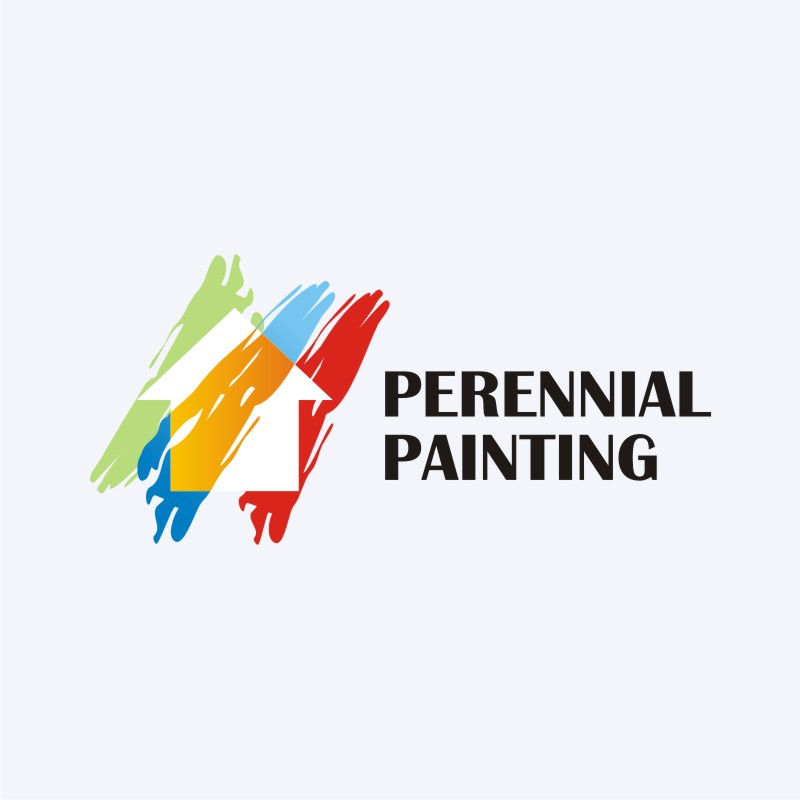Investigate The Role Of Seasonal Consider The Success Of Business Exterior Painting And Uncover The Very Best Times To Protect Lasting Outcomes For Your Job
Investigate The Role Of Seasonal Consider The Success Of Business Exterior Painting And Uncover The Very Best Times To Protect Lasting Outcomes For Your Job
Blog Article
Written By-Ford Bagger
When you're preparing an industrial outside paint job, seasonal elements can make or damage your outcomes. You'll want to think about how temperature level and moisture impact paint application and drying out times. Selecting the right season can guarantee your paint adheres correctly and lasts much longer. However which related web site are absolutely the most effective for this kind of job? Let's explore the key elements that can affect your task's success.
The Influence of Temperature on Paint Application
When you're intending a business outside painting task, the temperature can significantly affect exactly how well the paint adheres and dries out.
Ideally, you want to repaint when temperature levels vary between 50 ° F and 85 ° F. If it's as well chilly, the paint might not heal appropriately, bring about issues like peeling or fracturing.
On the other hand, if it's also warm, the paint can dry out too swiftly, preventing correct attachment and causing an uneven surface.
You ought to also take into consideration the time of day; early morning or late afternoon offers cooler temperature levels, which can be much more desirable.
Constantly inspect the supplier's referrals for the details paint you're using, as they frequently supply advice on the optimal temperature level range for optimal results.
Humidity and Its Result on Drying Times
Temperature level isn't the only ecological variable that influences your business external paint project; moisture plays a substantial role also. High moisture levels can reduce drying out times significantly, influencing the general high quality of your paint work.
When the air is filled with wetness, the paint takes longer to cure, which can cause issues like inadequate attachment and a greater danger of mold development. If you're painting on an especially moist day, be prepared for extended wait times in between layers.
It's essential to check neighborhood weather conditions and strategy appropriately. Preferably, aim for moisture levels in between 40% and 70% for ideal drying out.
Keeping these factors in mind ensures your job stays on track and provides an enduring coating.
Best Seasons for Commercial Exterior Paint Projects
What's the most effective time of year for your industrial external painting projects?
Springtime and very early fall are normally your best options. During these seasons, temperatures are mild, and moisture degrees are typically reduced, creating optimal conditions for paint application and drying.
Prevent summer's intense heat, which can trigger paint to completely dry as well rapidly, resulting in poor bond and coating. Similarly, winter's chilly temperatures can prevent appropriate drying and treating, risking the longevity of your paint task.
Go for days with temperatures between 50 ° F and 85 ° F for ideal outcomes. Keep in mind to examine the neighborhood weather prediction for rainfall, as wet conditions can wreck your job.
Planning around these elements ensures your painting project runs smoothly and lasts longer.
Verdict
In conclusion, planning your commercial outside painting jobs around seasonal factors to consider can make a significant distinction in the end result. By organizing job throughout the optimal temperatures and humidity degrees, you'll make sure much better bond and drying out times. Keep in mind to keep an eye on local weather forecasts and pick the correct time of year-- springtime and very early autumn are your best choices. Taking these steps will certainly aid you achieve a resilient and professional coating that lasts.
